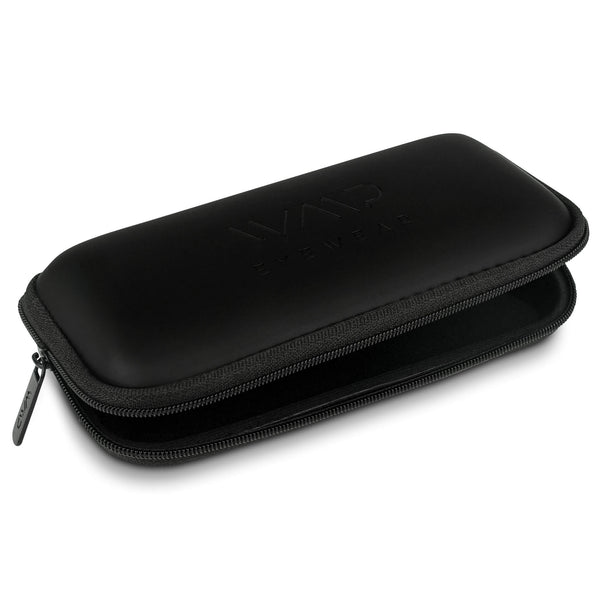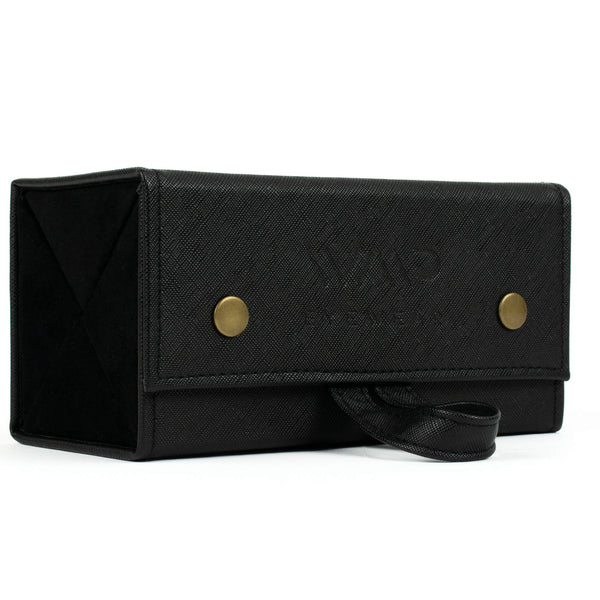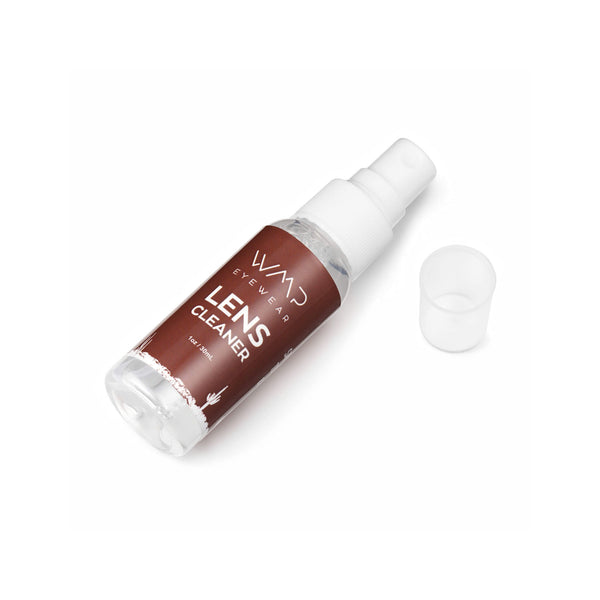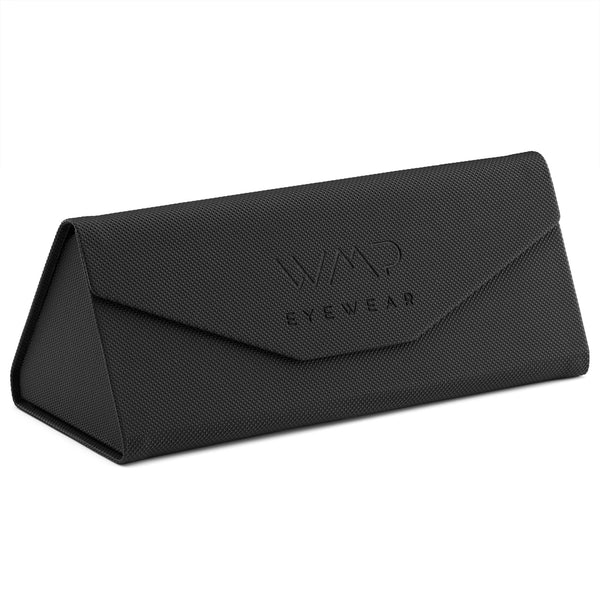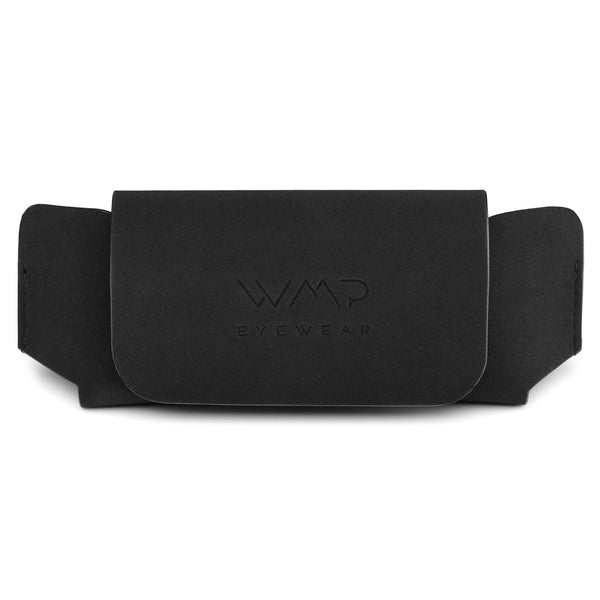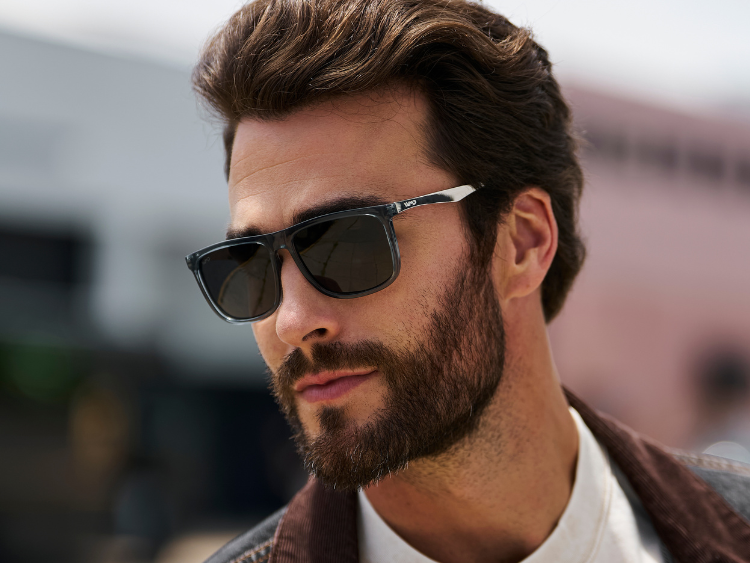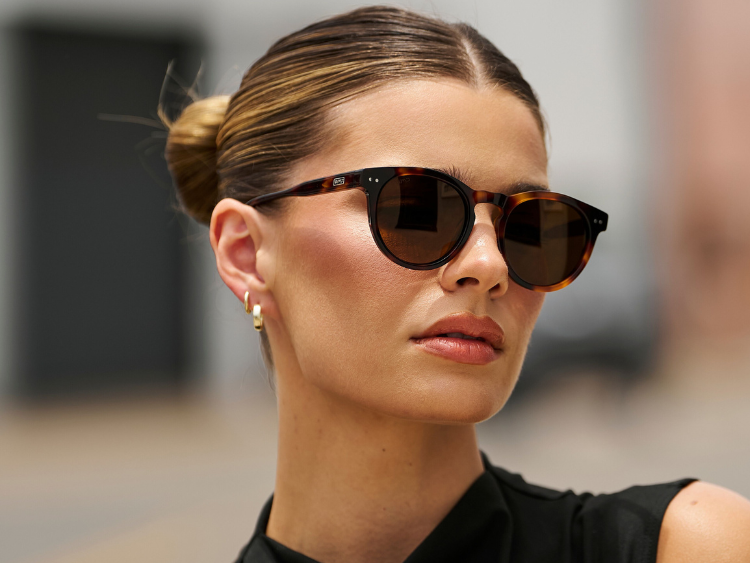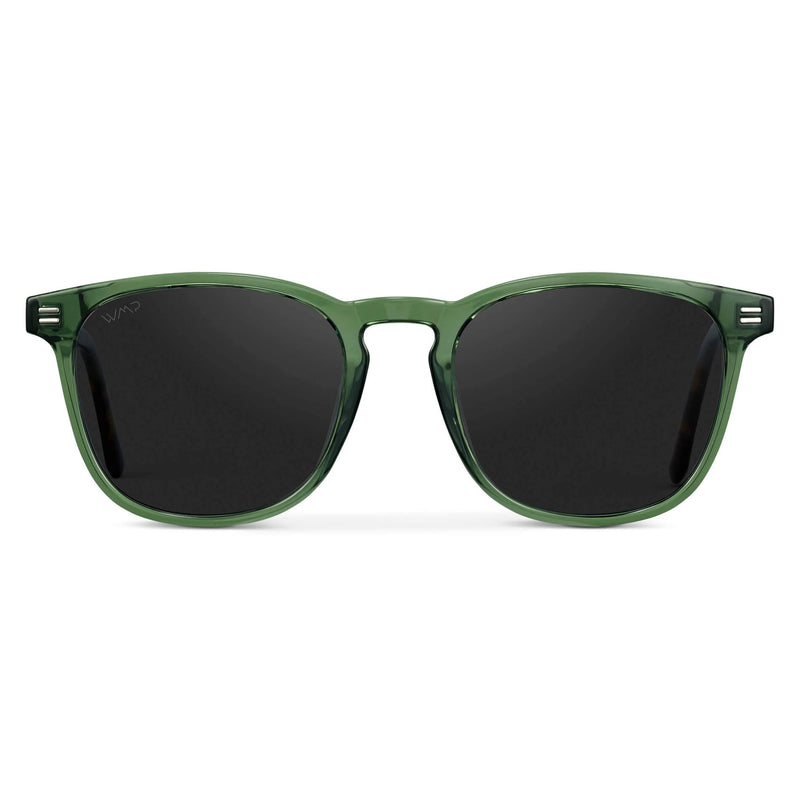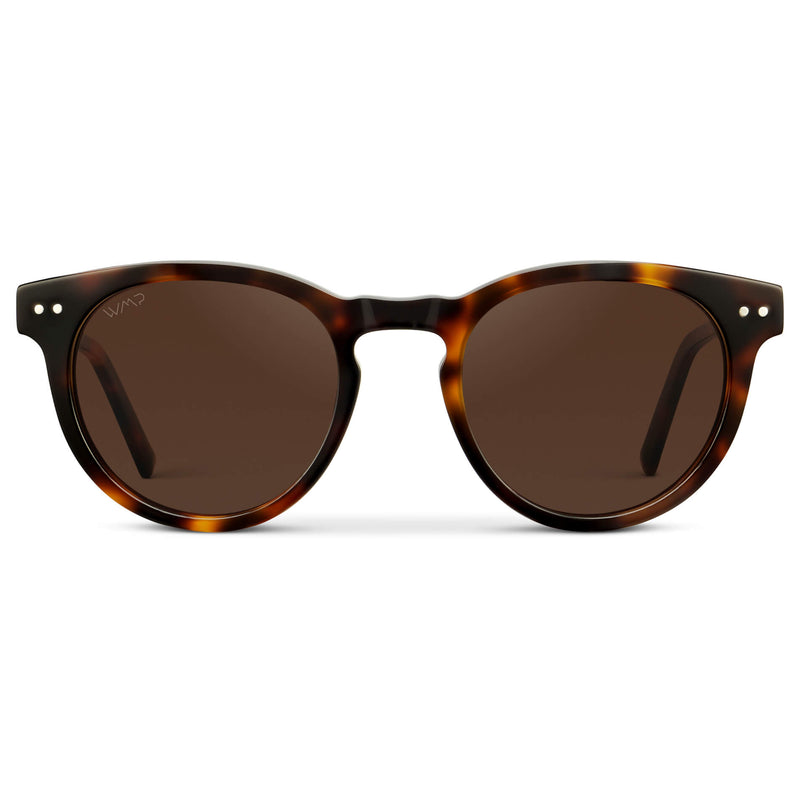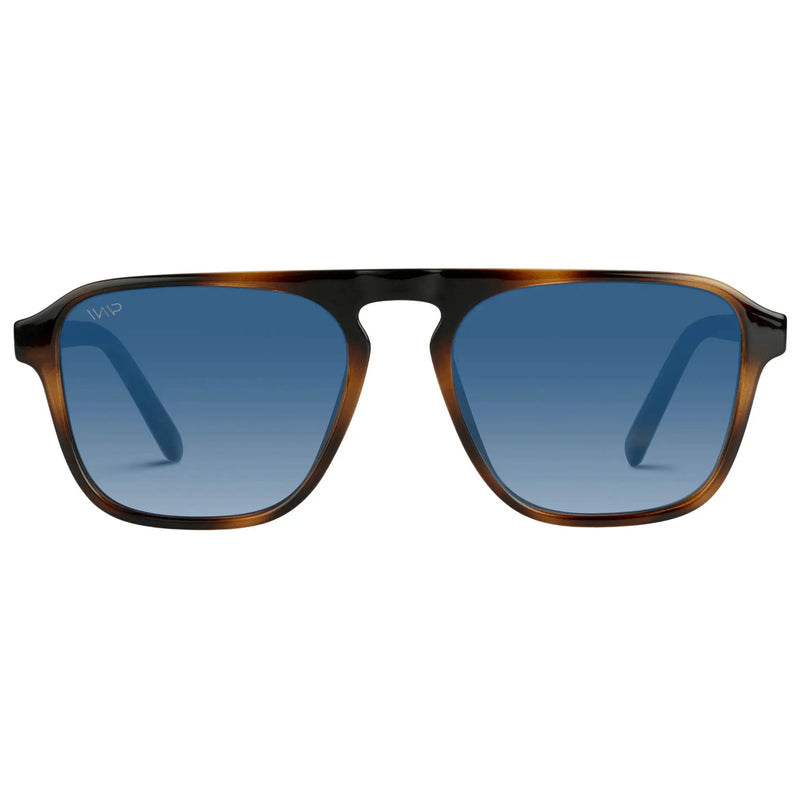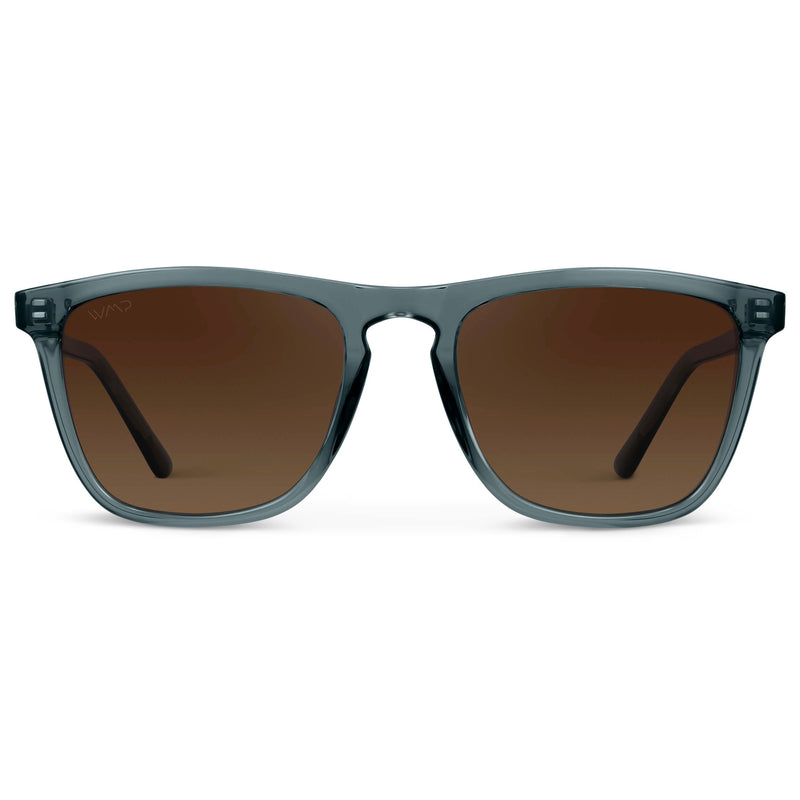A Guide to the Different Types of Sunglass Lenses

Everyone is busy over the summer. Whether you’re spending all day with the kids when they’re out for summer break or about to leave for your magical European vacation, you have a million things to do. So the last thing you want to figure out is the right pair of sunglasses.
There are a lot of options out there, and there’s no reason to pay extra money for some special coating that you don’t need. To make your life easier, we’ve put together this guide so you can shop with confidence and buy the perfect lenses for your shades.
Types of Sunglasses Lens for Eye Protection
Polarized Lenses for Glare
Polarized lenses block horizontal light from entering your eyes. Horizontal light is brighter and overwhelms your retinas, causing glare. If you spend lots of time outside, live in a sunny place with lots of glare, or enjoy water or snow sports, polarized lenses can reduce eye strain and help you better enjoy your time outside.
Polarized styles also offer visual clarity and better contrast. However, there are some downsides to polarized sunglasses. They don’t always offer 100% UV protection, which is the more important factor to consider. Plus, they can alter your depth perception, so they aren’t recommended for sport sunglasses.
UV Protection to Block Harmful Light
The best buying advice you could receive is to purchase sunglasses with 100% UVA/UV protection, or ones that are rated to block up to 400nm UV in length.
Over time, eyes exposed to UV rays can develop cancer, macular degeneration, cataracts, premature aging, and more. At the very least, you should buy a pair of sunglasses with 100% UV protection. If it doesn’t specify the lens UV protection on the tag or in the product listing on the website, then don’t buy the sunglasses.
Different Sunglass Lens Features
Sunglass Lens Tints
Solid
Solid-tinted sunglasses are best for people who are in an outdoor environment but don’t need extra glare protection. In solid tints, the color of the lens will be the same across the whole lens. Most people use these to remain protected from the sun against every angle.
Of course, if you want glare protection on solid lenses then you could always purchase polarized ones.
Mirrored
Mirrored lenses are best for intense outdoor activities. Mirrored lenses are excellent at blocking glare, which is why you see mirrored safety glasses. Anyone who works construction outdoors may need mirrored lenses to use reflective equipment correctly.
People who enjoy outdoor sports like snowboarding or surfing also use mirrored lenses regularly. Mirrored lenses block the glare off of snow or the water without affecting depth perception, making it easier to carve the mountain or assess the distance between you and the next skier.
Gradient
Gradient lenses change from lighter to darker from the bottom to the top of the lens. This allows the top of the lens to protect your eyes from sunlight, but you could look down at your phone and still read what it says. Many people use gradient lenses for driving because it makes it easier to read a car screen or the dashboard.
Of course, some people just wear gradient lenses because they’re casual sunglasses that look cool. Make sure you purchase a pair with a dark gradient at the top and that the whole lens still offers 100% UV protection.
Coatings for Your Lenses
Anti-Reflective
Anti-reflective coatings can be added to glasses or sunglasses so that fewer reflections disturb your eyes when wearing them. Similar to polarized sunglasses, anti-reflective coatings reduce eye strain and make it easier to enjoy time outside. They increase visual clarity and help your eyes relax even in bright environments.
Scratch-Resistant
If you’ve dropped your shades lens down, you know how frustrating it is to have little spots in your vision from the scratches from here on out. To avoid most scratches from drops, then you need to purchase scratch-resistant coating. These lenses are treated with a special solution that makes the lenses more durable against wear and tear.
Materials to Choose from
Triacetate (TAC)
Triacetate (TAC) lenses are a type of polarized lens. They are made up of 5 to 9 layers, depending on the manufacturing process. In general, TAC lenses offer UV protection up to 400nm, reduce glare because of their polarizing properties, and are scratch-resistant (but can still break if dropped). These lenses are great if you don't need a prescription and want an affordable polarized lens.
Polycarbonate
Polycarbonate lenses are a type of plastic that’s both durable and lightweight. They are extremely resistant to breaking and are 30% thinner than the typical plastic or glass lens. Polycarbonate itself blocks UV rays, so sunglasses don’t need an additional treatment to do so.
The only downside to polycarbonate is that it causes visual distortion in strong prescription sunglasses or for people with severe astigmatism.
Glass
Glass lenses are heavier and more expensive than polycarbonate lenses, but are sometimes needed for people with strong prescriptions. They also offer the highest optical clarity, so if that’s important to you, you should go with glass sunglass lenses. However, glass lenses can shatter, so always be sure to store them in a case.
Visible Light Transmission Categories
Visible light transmission categories are the percentage of light that a lens will let through. You may need sunglasses with different percentages depending on the activity you’re using them for. This ensures you still secure safe eye protection but can see what you need to see for the activity.
The visible light transmission categories are
S0 (80% - 100% visual light transmission)
almost no tint, for activities with little to no sun exposure, like driving late at night.
S1 (43% - 80% visual light transmission)
a light tint for dark or overcast conditions.
S2 (18% - 43% visual light transmission)
a medium tint that works well for most weather conditions.
S3 (8% - 18% visual light transmission)
a dark tint for super sunny days. Most sunglasses are S3.
S4 (3% - 8% visual light transmission)
the darkest tint available, for people participating in high-altitude activities.
Frequently Asked Questions
Which Is Better UV Protection or Polarized?
UV Protection is better than polarized lenses. You need to wear sunglasses with 100% UV protection to block the sun’s harmful rays. Over time, exposure to UV rays can cause skin cancer, macular degeneration, decreased vision, and more.
You can buy polarized sunglasses that offer 100% UV protection. This would be ideal in most circumstances because polarization blocks glare, making it safer to drive and enhancing visual clarity.
What is a Category 3 Sunglass Lens?
A category 3 sunglass lens blocks 8% - 18% of the visual light transmission. These are dark lenses that are perfect for people who spend lots of time in the sun. It’s the most common type of sunglasses, and usually with a brown or gray lens.
What are the 2 Major Types of Lenses?
The two major types of lenses are polycarbonate and glass. Polycarbonate is a durable, lightweight plastic that’s 30% thinner than most lenses. Polycarbonate works best for sunglasses because it’s cheaper and works well with most prescriptions.
However, you may need to use glass lenses if you have severe astigmatism or a powerful prescription. In either case, polycarbonate may cause a warped image, so you need to wear glass lenses.
